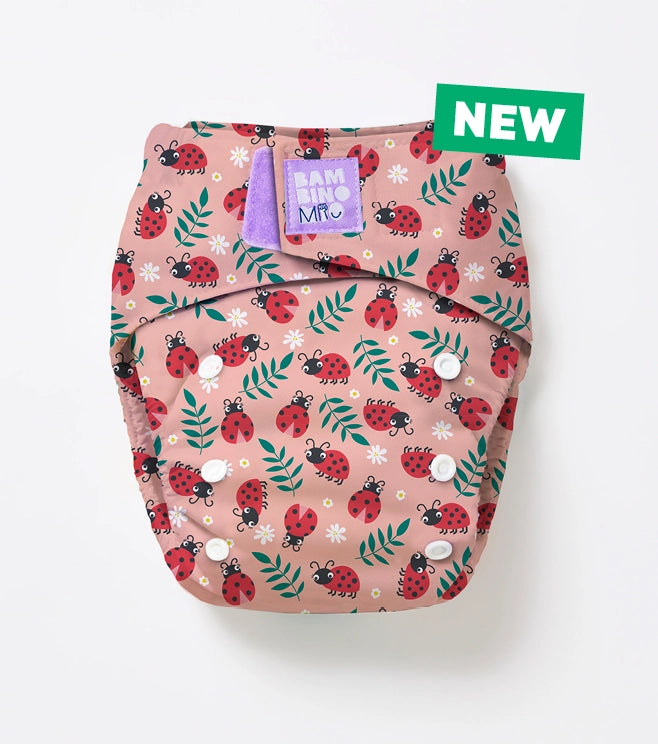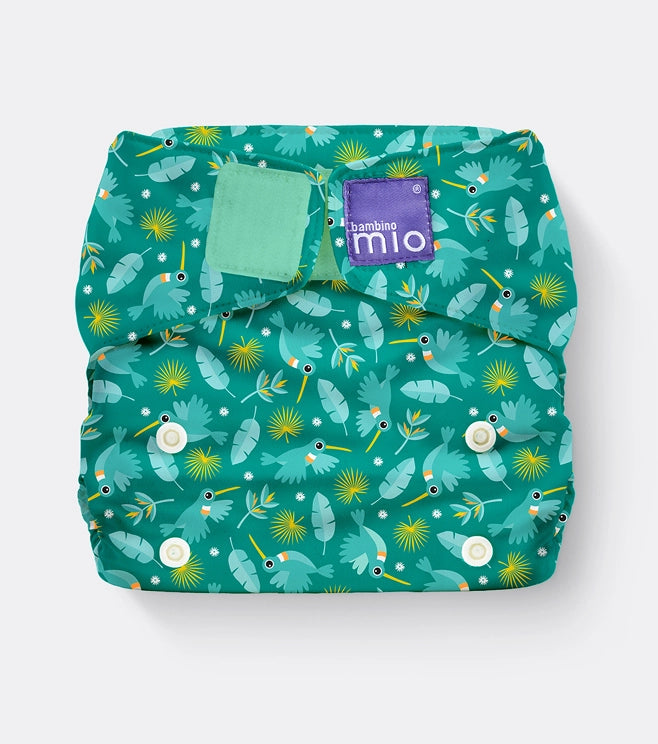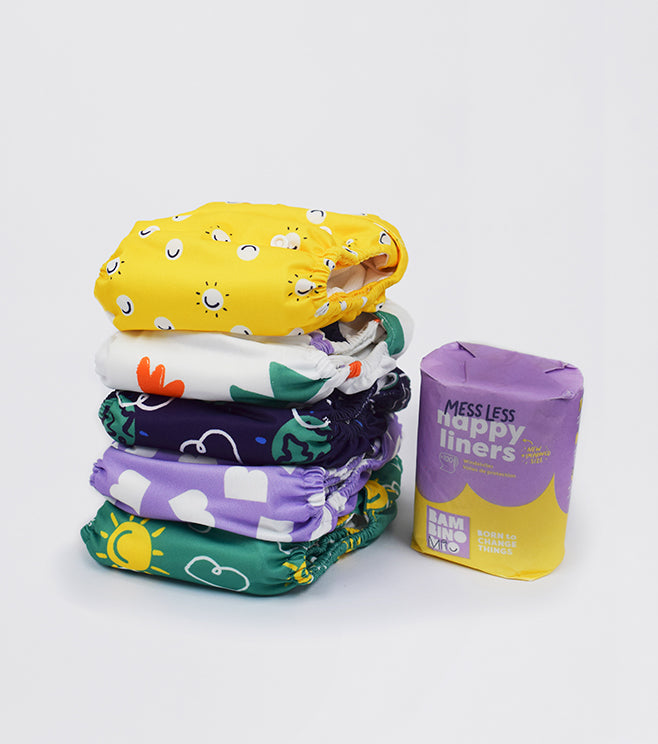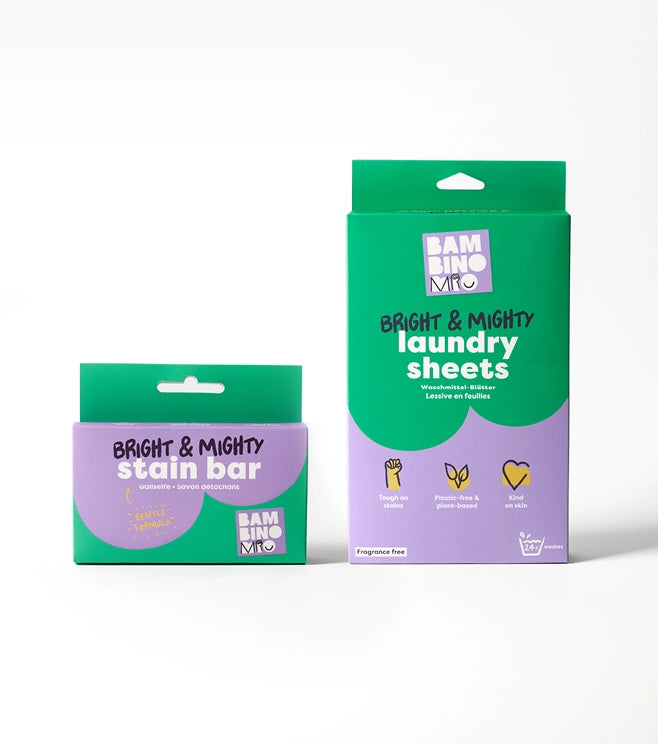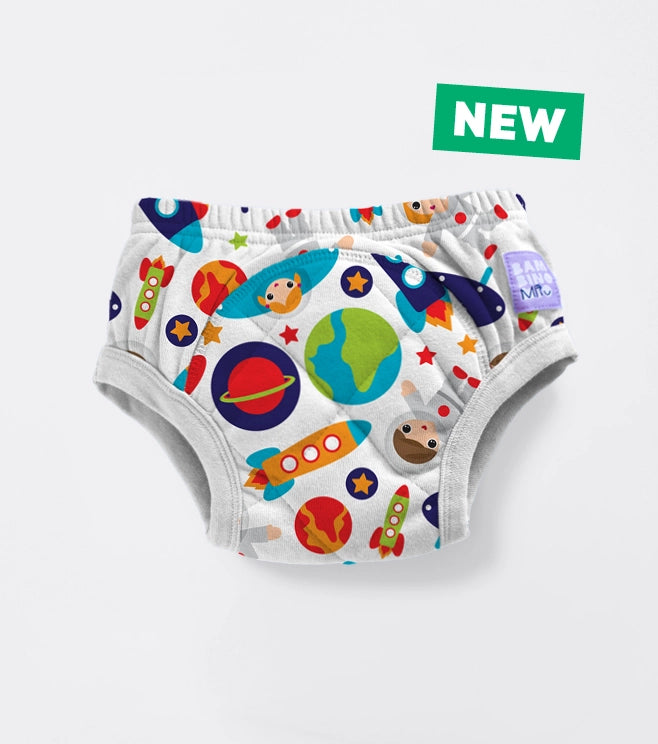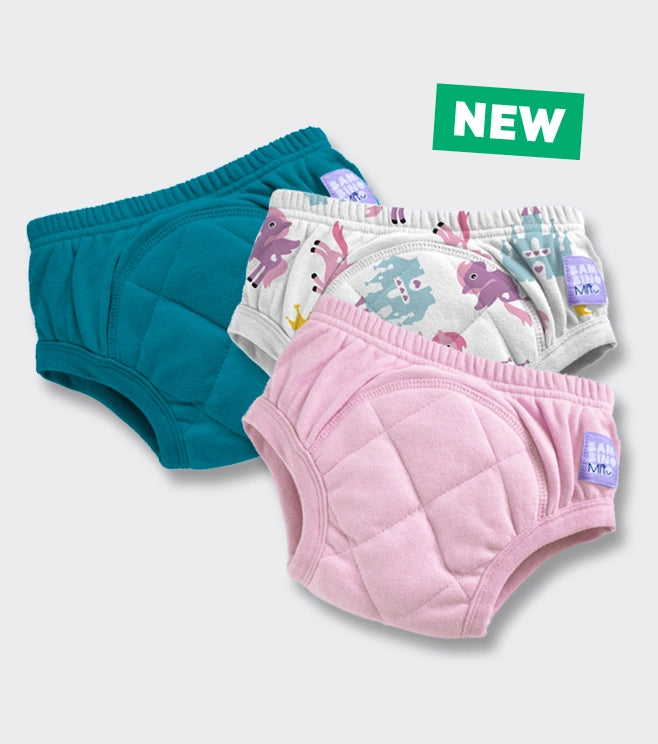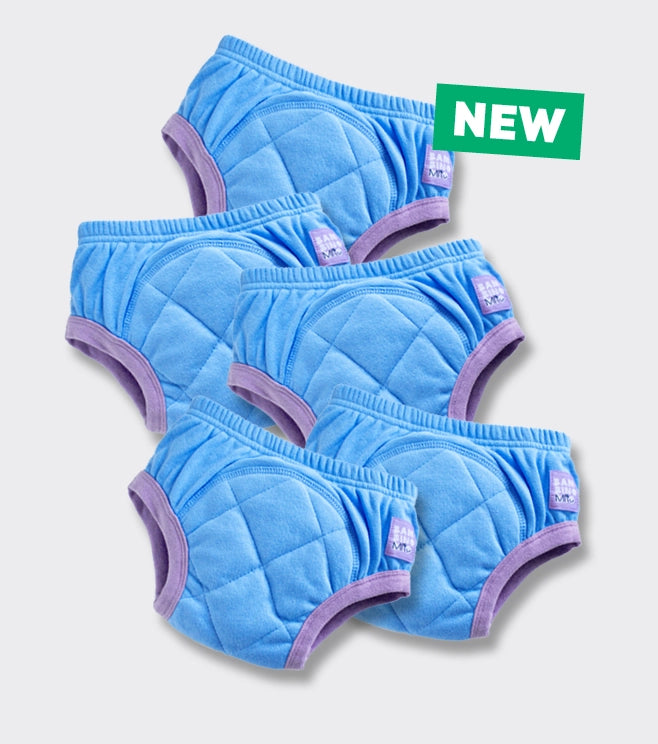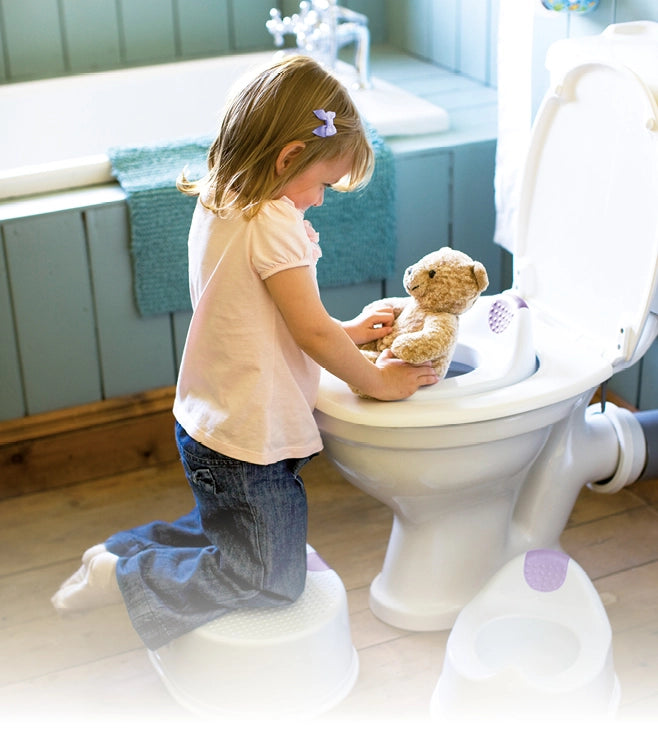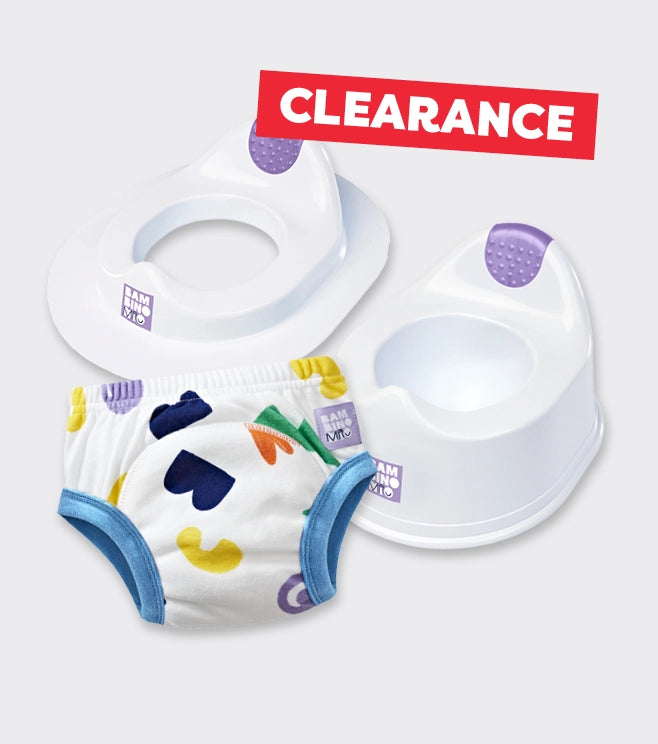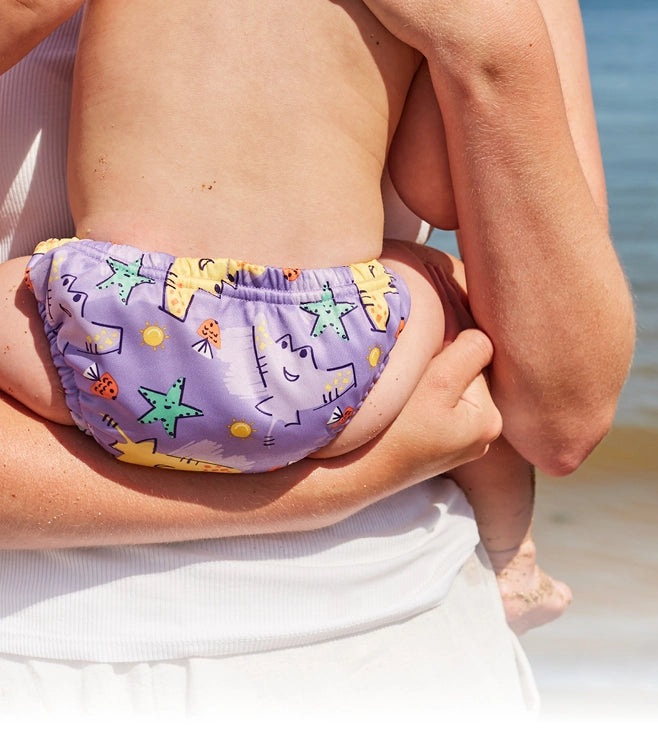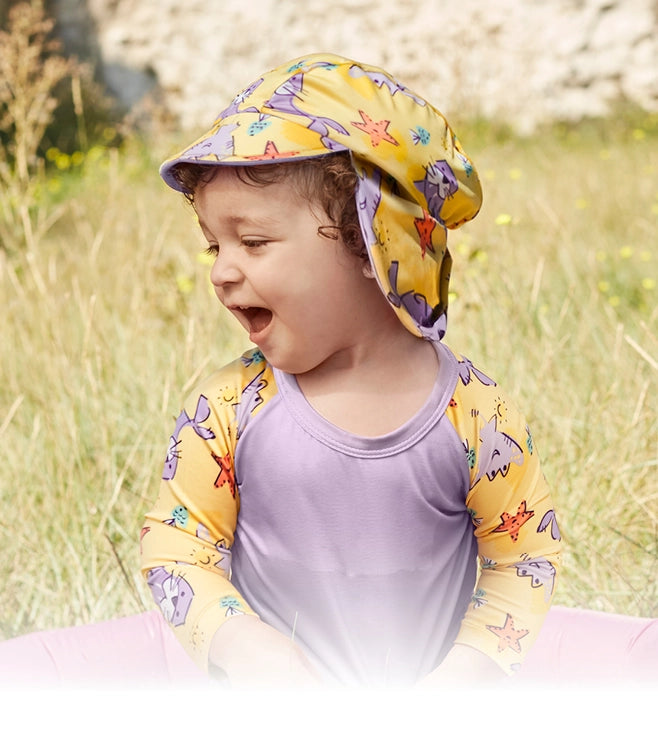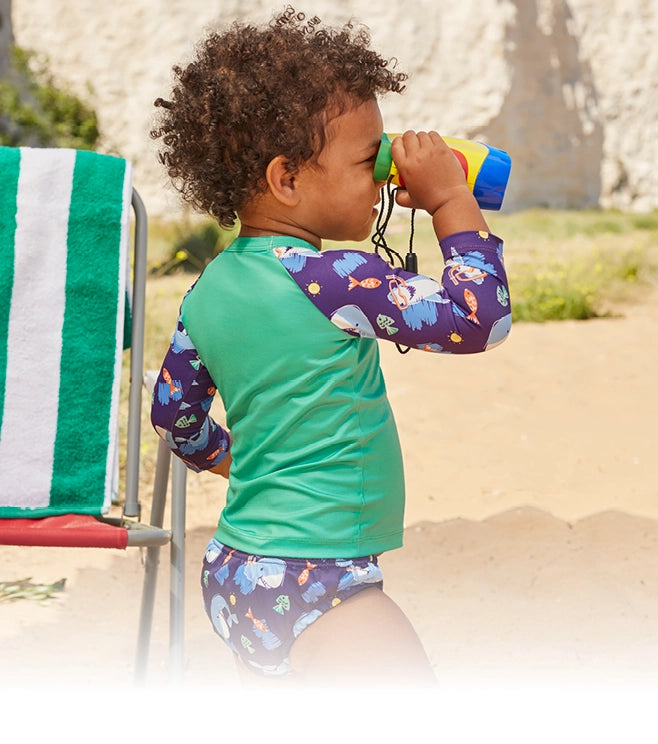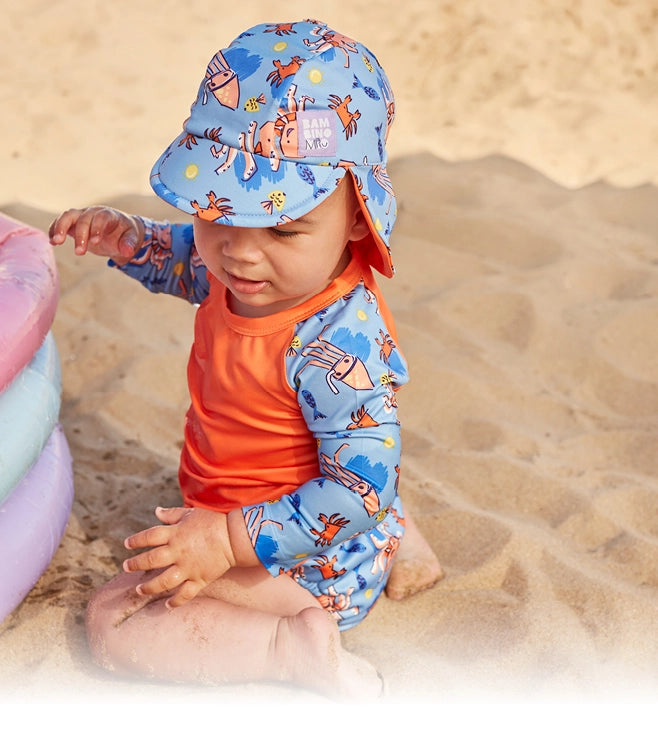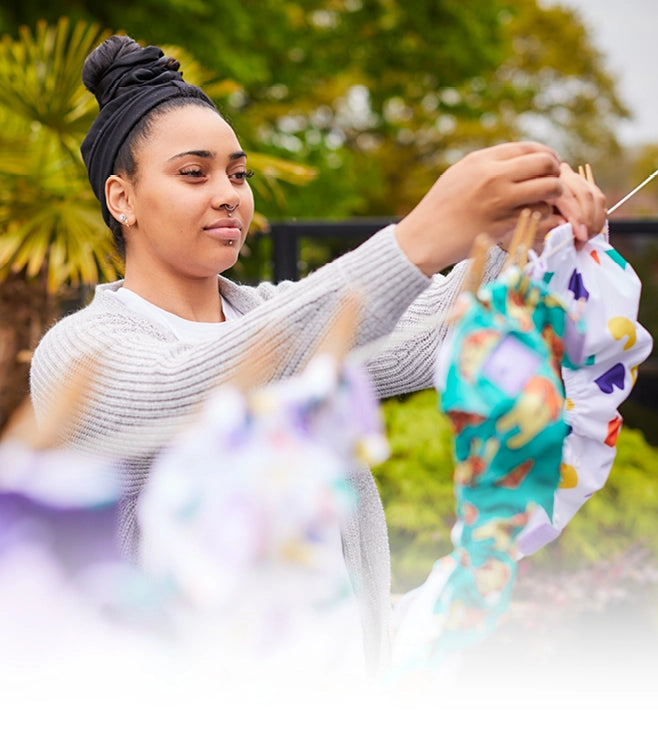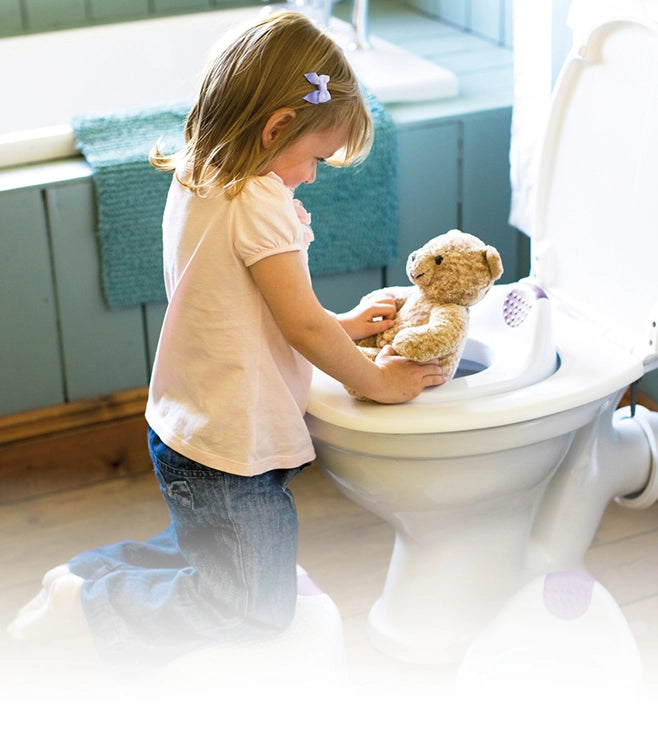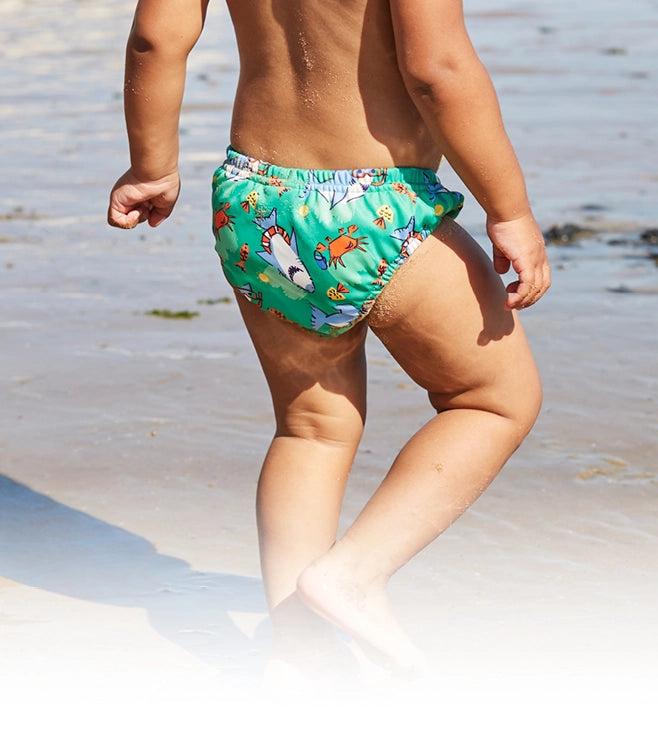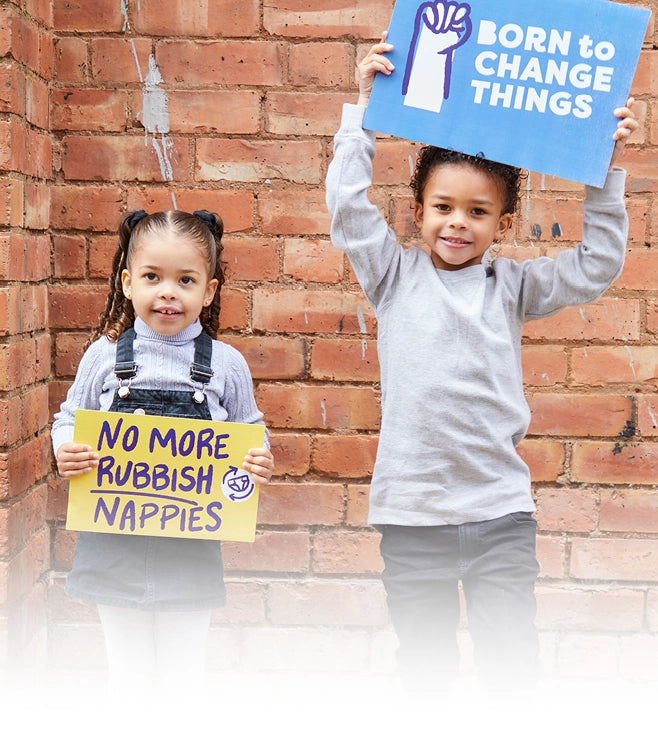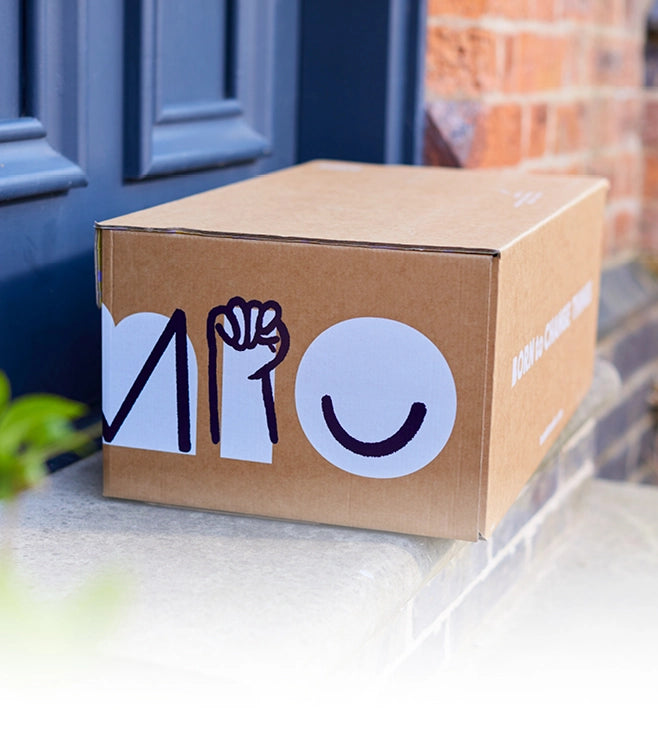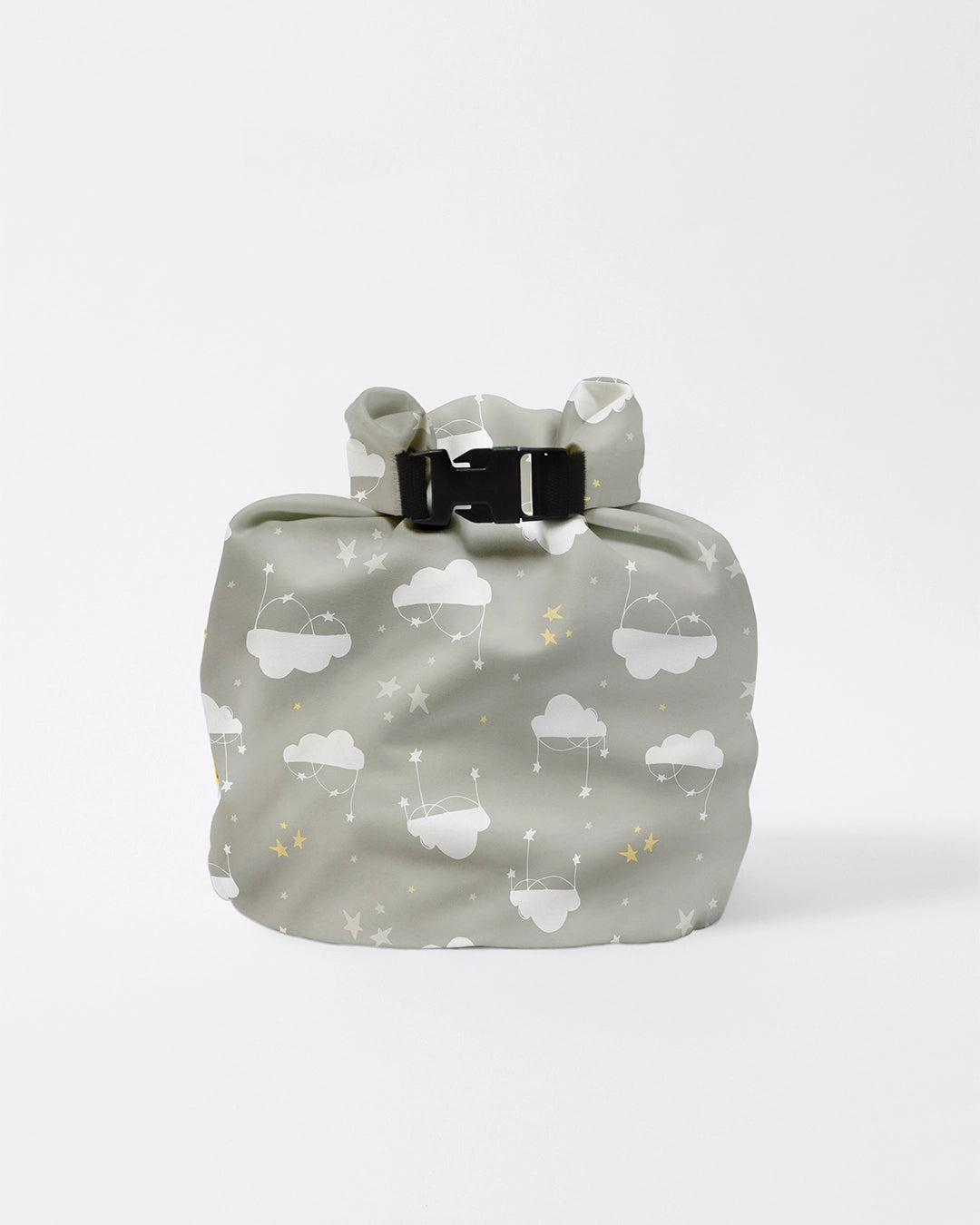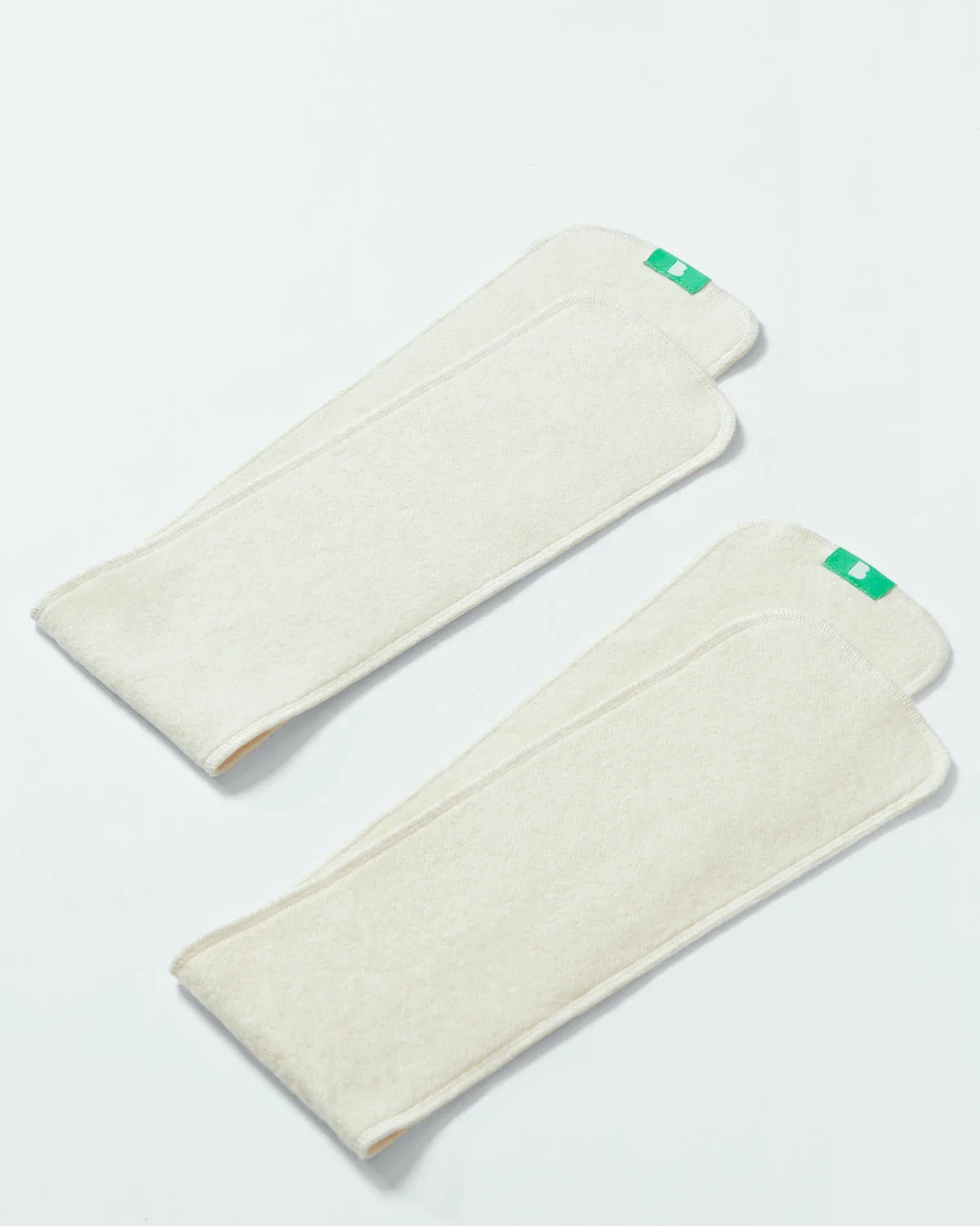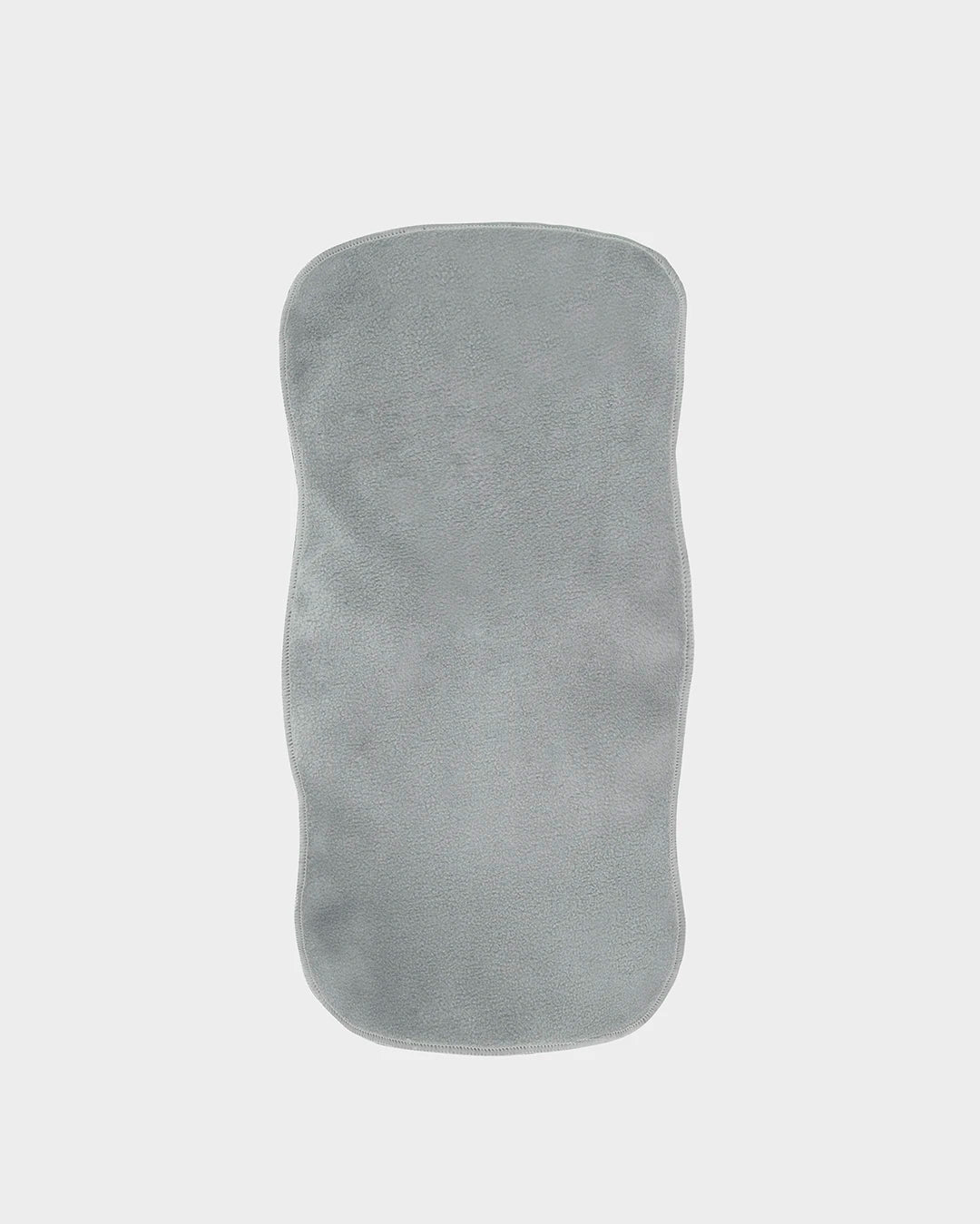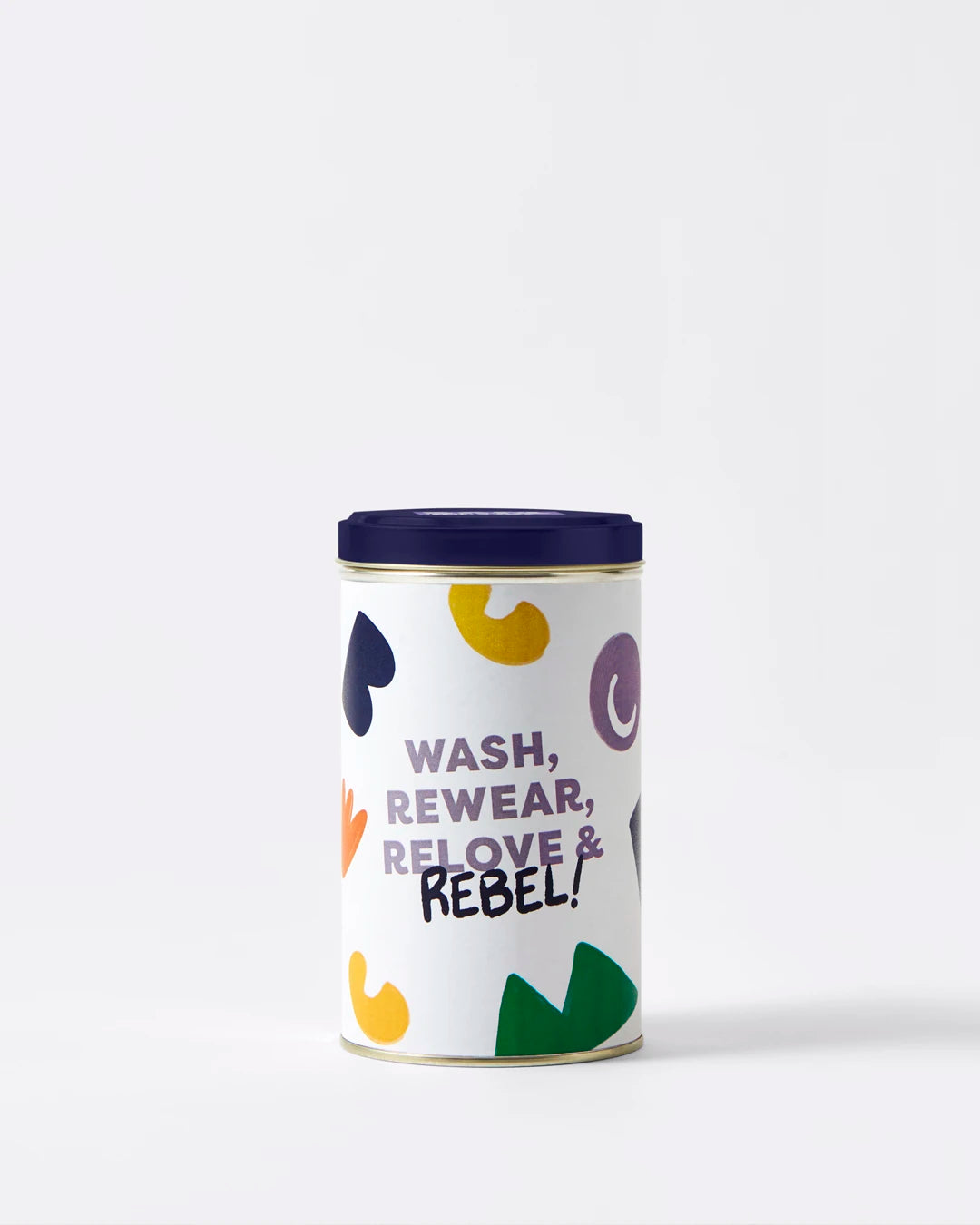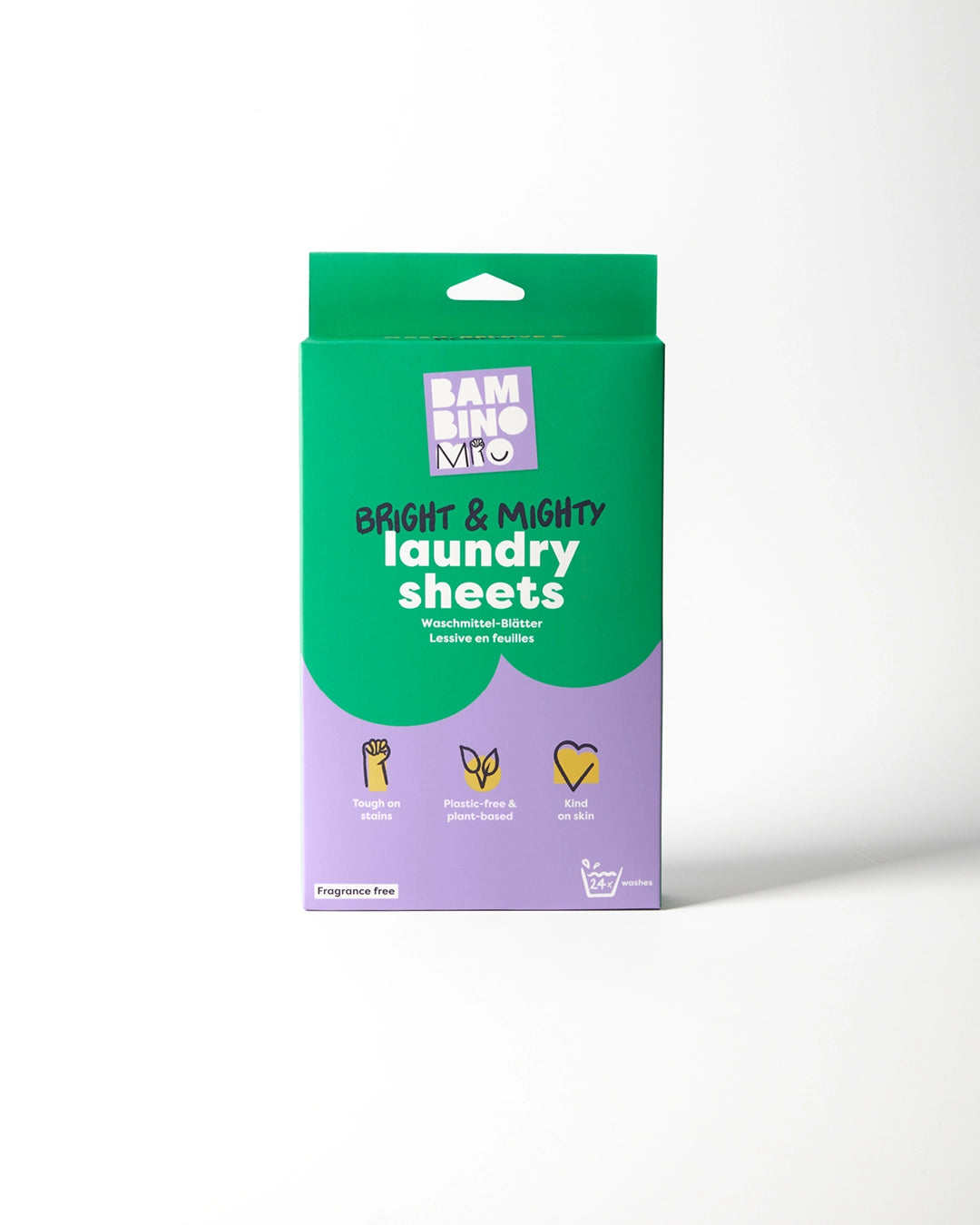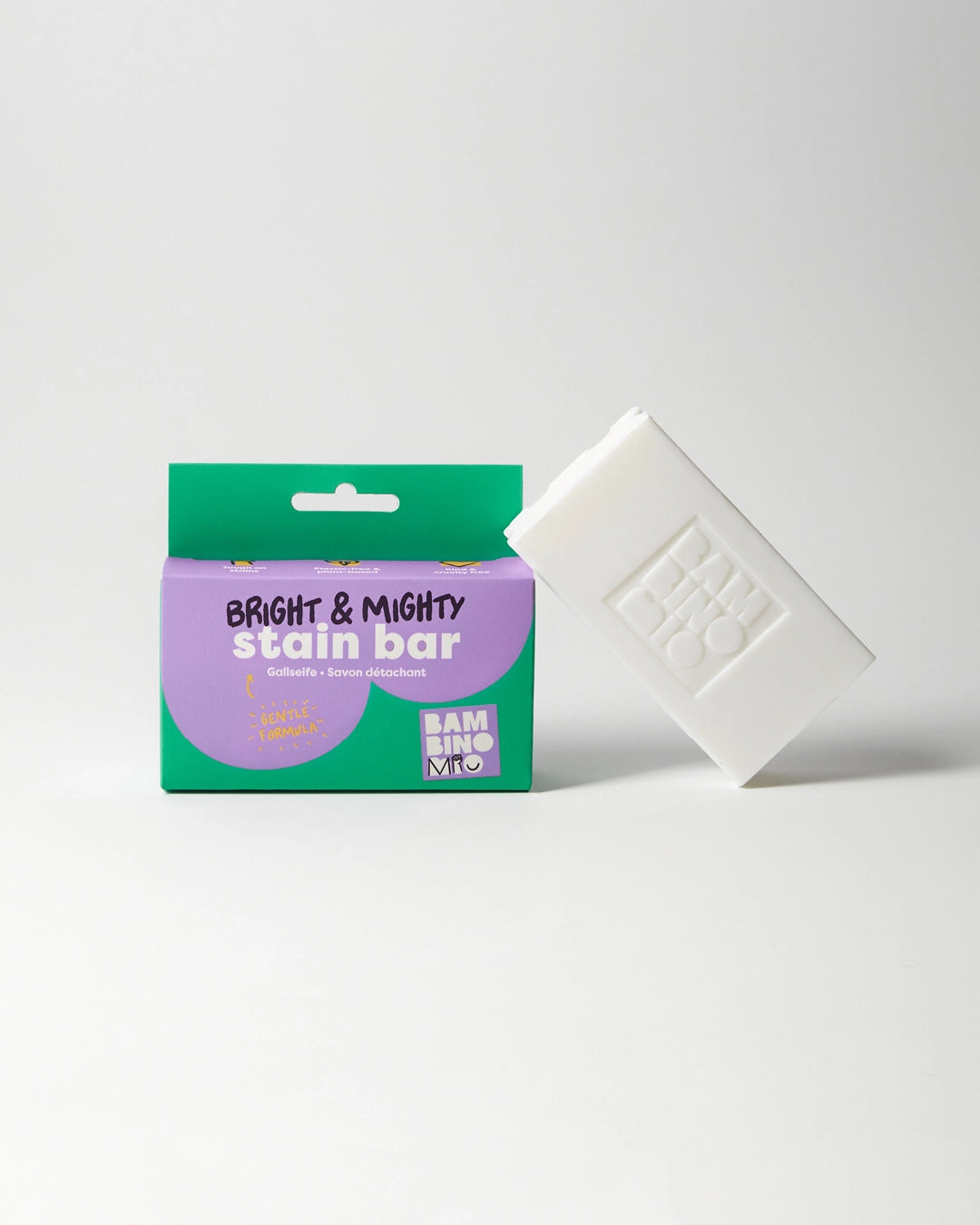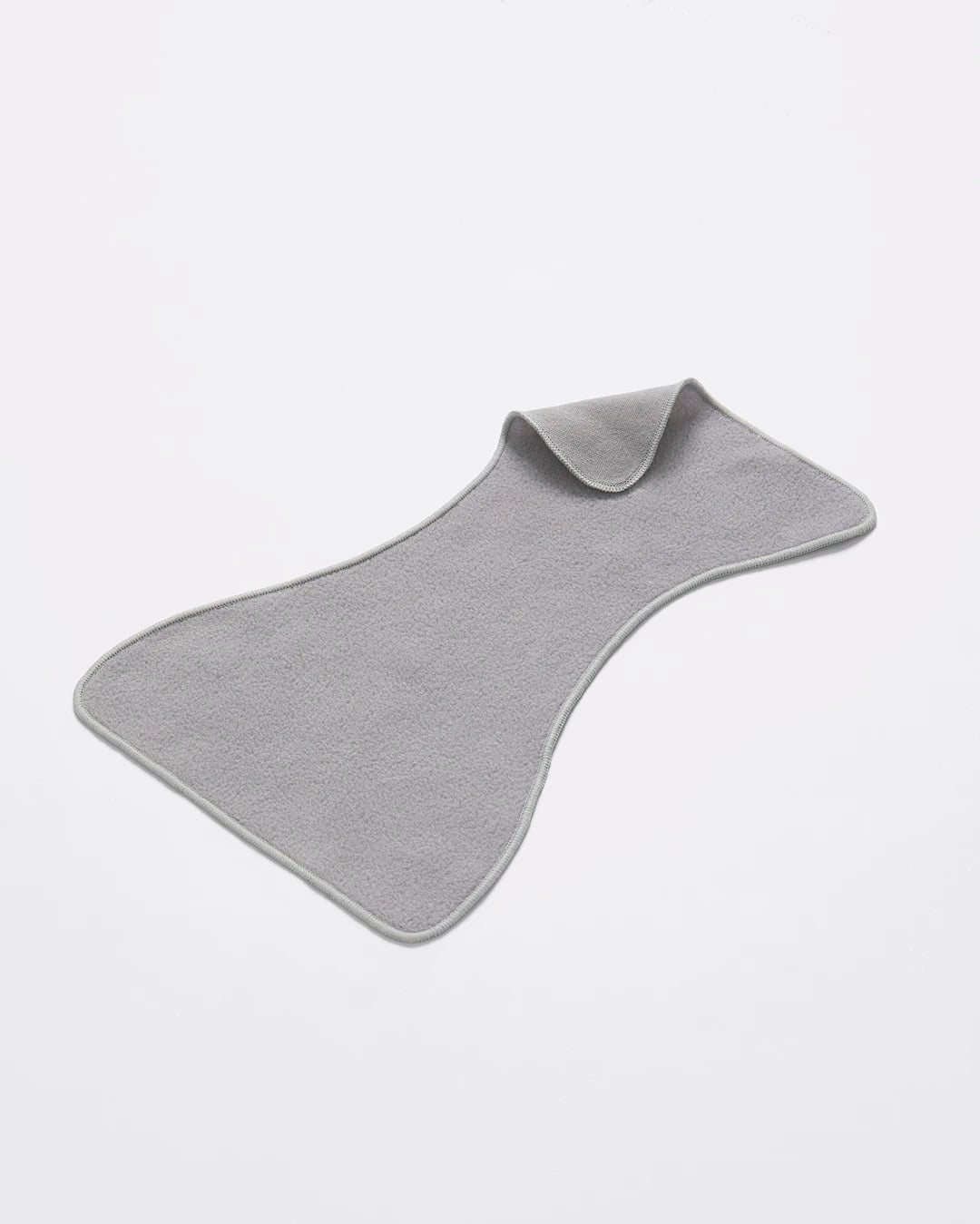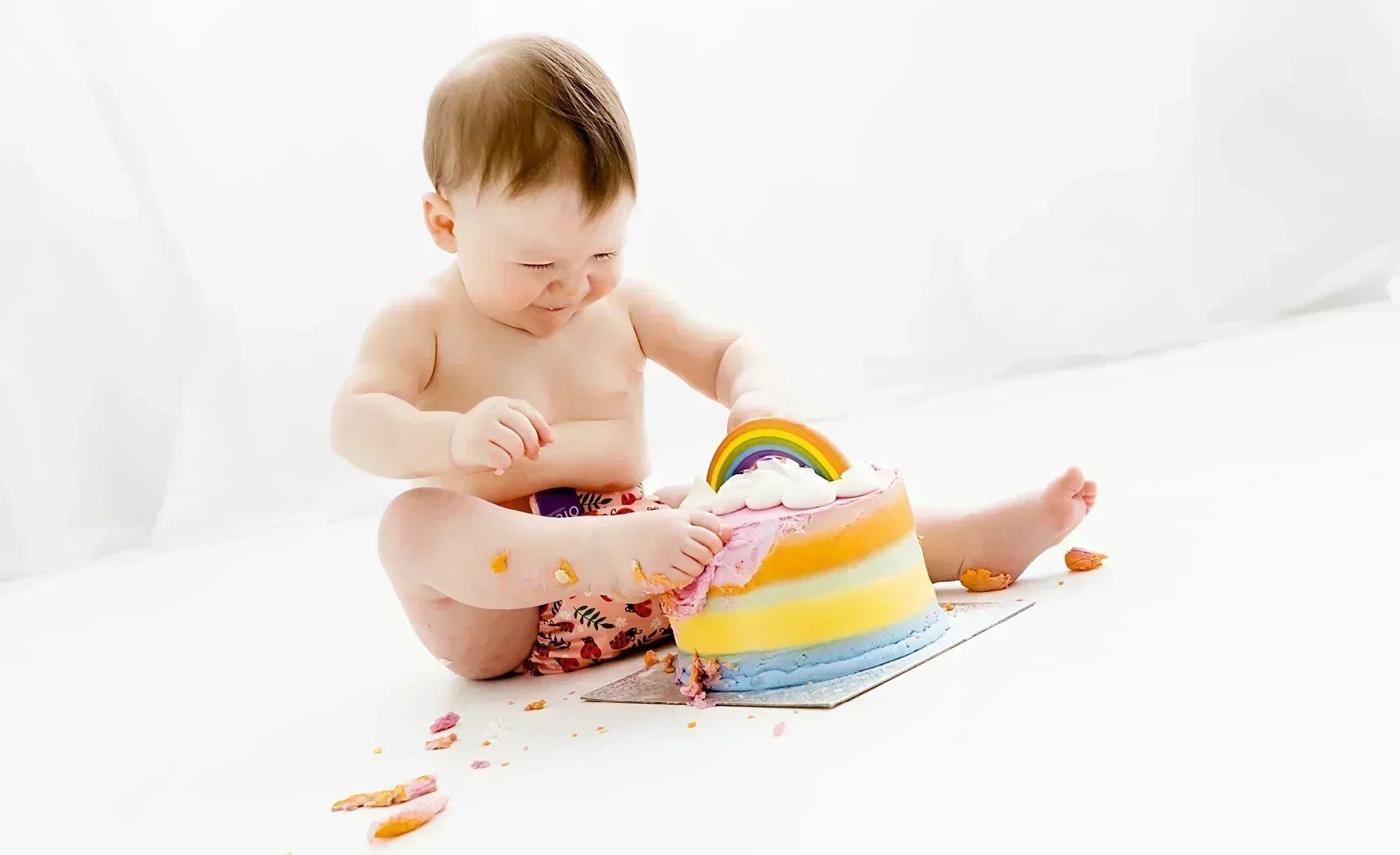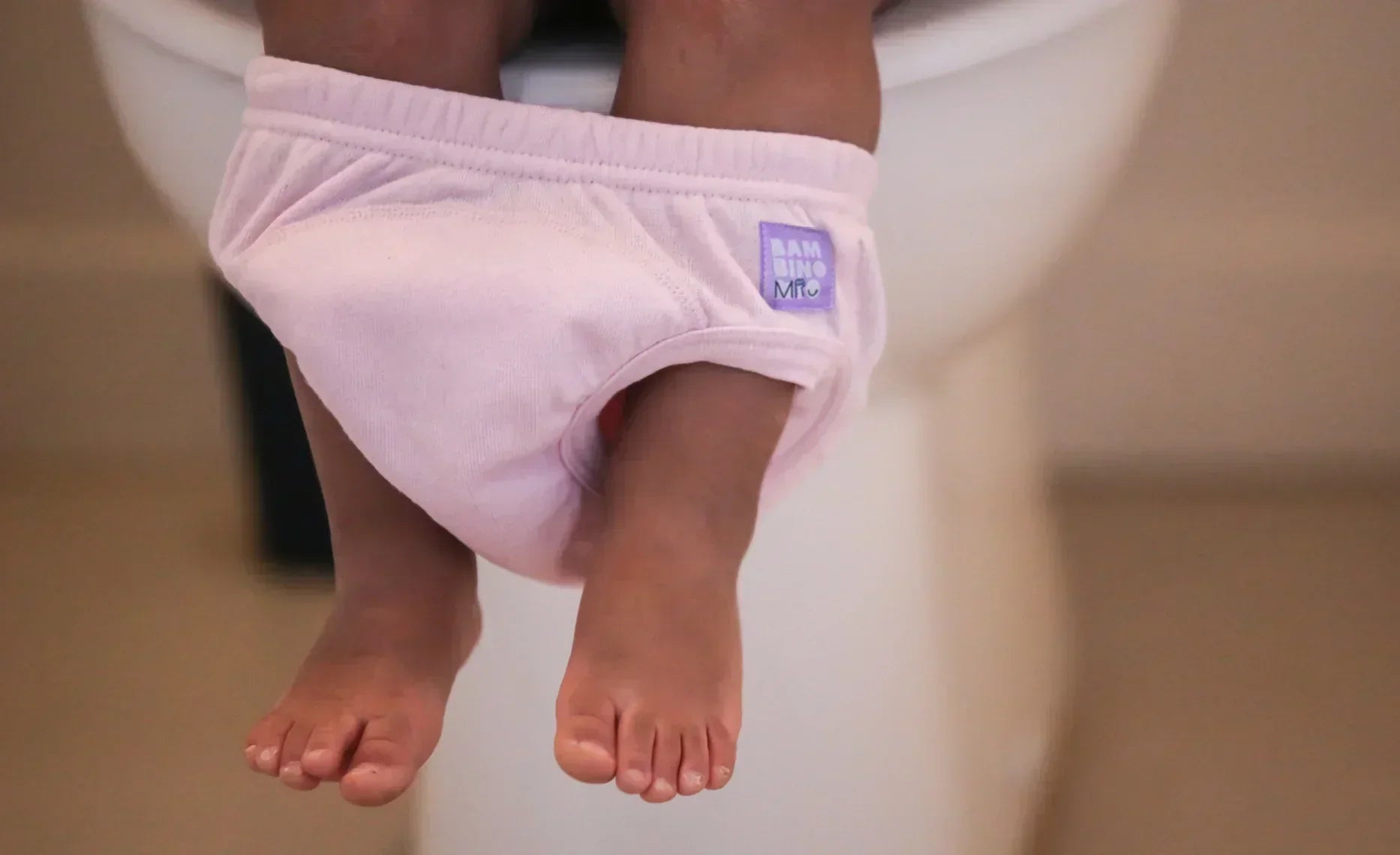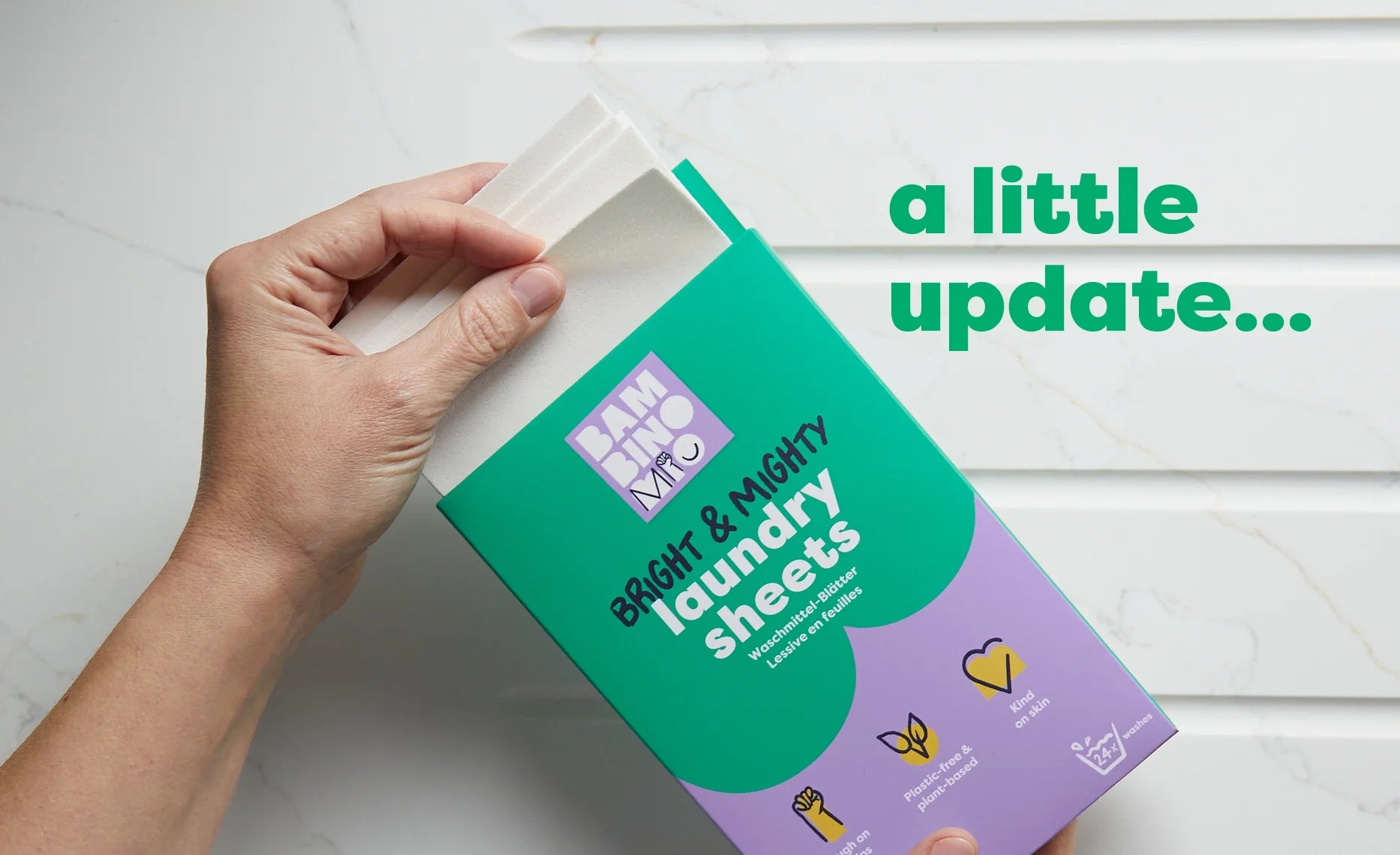Tips for Potty Training a Girl
Share Options
- Bambino Mio
- 24 / 10 / 2023
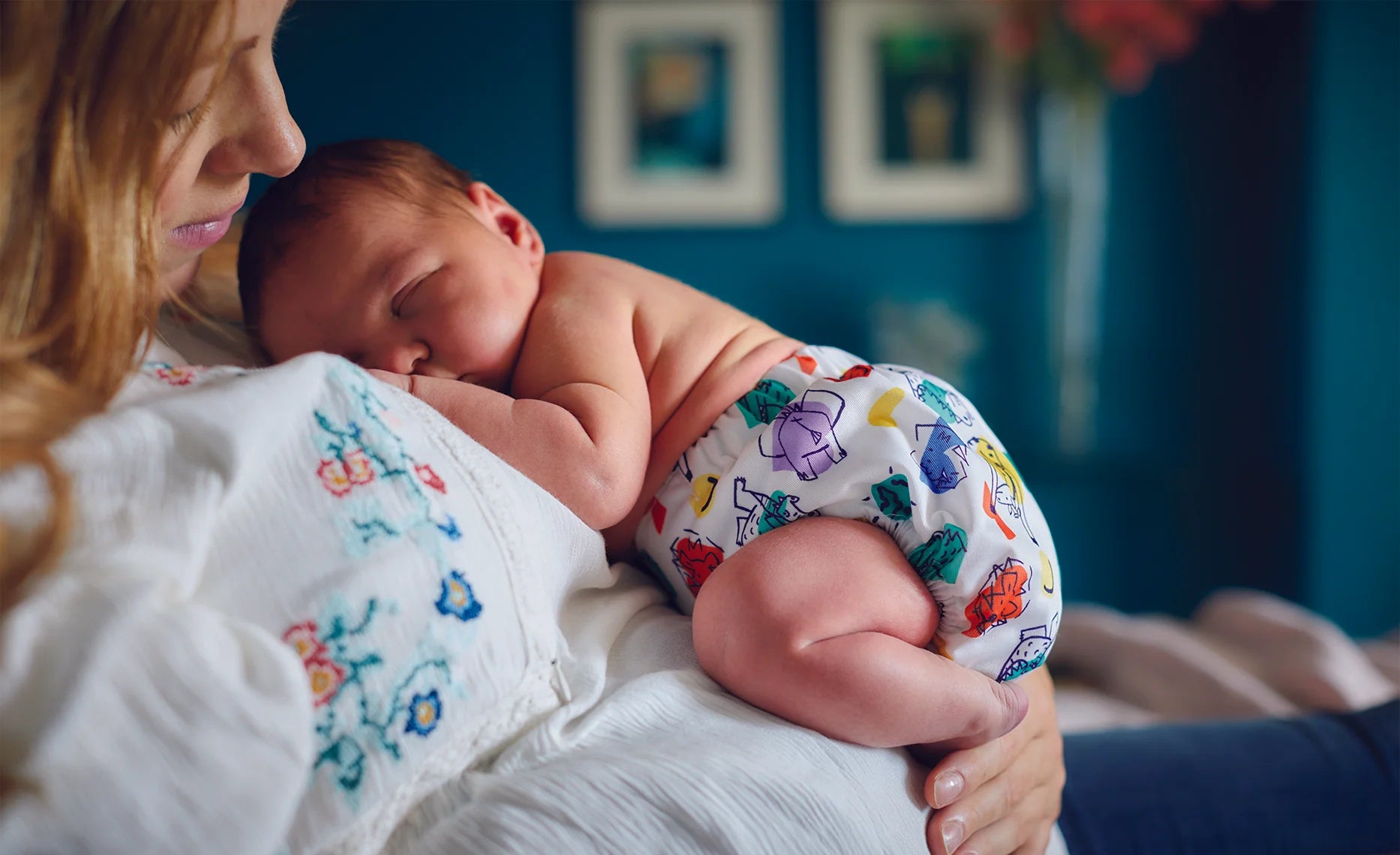
Inside this Article:
- When’s the best time to start potty training a girl?
- How long should it take to potty train a girl
- Handy tips for potty training a girl
- Start as soon as you see she’s ready
- Be patient with your daughter
- Buy a potty chair
- Teach your girl how to wipe properly
- Encourage your daughter to lean forwards on the toilet
- Create a potty training schedule
- Make a fuss over successes
- Let your daughter pick out her “big girl” underwear
- Stay calm when there’s an accident
- Focus on daytime dryness to start with
- If potty training is upsetting your child, take a break
- Citations and References
If your daughter is now a toddler or approaching toddlerhood, you might be contemplating toilet training her, so we’ve collected together some useful tips to help you make a success of this big step.
While both girls and boys are usually ready for potty training between the ages of 18 months and three years (1), there are some differences in the way they learn and the approaches you’ll have to take.
The biggest difference is quite obvious - they can’t point and pee, which makes it more important for girls to be able to handle their clothes and underwear than it is for boys. This is the biggest difference, but we’ll cover a few more potty training tips aimed at girls that you might not have thought of.
When’s the best time to start potty training a girl?
The best time to toilet train a girl is between the ages of 18 months and two years or so, when they start to recognise that they’re weeing and pooing. Around two years of age is also when both boys and girls start to show an interest in toilets and (if you’re lucky enough to have a comedian) make classic toilet humour-style jokes.
You should also look out for signs of potty training readiness, such as:
- Following you into the bathroom or asking what you do in there
- Having a dry nappy, even after two or three hours, during the day
- Telling your her nappy is wet or dirty
- Going into a corner or another room to poo
- Telling you she needs a wee or a poo
- Taking off her nappy, or trying to
- Being able to follow instructions and sequences
When you see at least some of these signs, your girl might be ready to start her potty training journey.
How long should it take to potty train a girl
On average, it takes between three and six months to potty train a girl. It pays to wait until she’s physically and emotionally ready, otherwise you might spend a few weeks or months with very little to show for it.
It’s also worth remembering that being “dry during the day” is only the first step to really leaving nappies behind. Going overnight without weeing comes along up to a year or two later.
Handy tips for potty training a girl
Start as soon as you see she’s ready
Even if this start consists of talking about using a potty or toilet. The sooner you start (as long as your child is ready), the sooner you’ll be waving goodbye to your nappy bundle.
Be patient with your daughter
In an ideal world, potty training would take a few days, but in reality it takes a few months, so you need to be patient.
Trying to hurry your child through the toilet training process can be counterproductive as you’ll both end up frustrated and your daughter will start to worry or feel anxious about using her potty.
Buy a potty chair
Climbing up onto a toilet with little toddler-sized legs isn’t easy and that big toilet bowl can look very big and intimidating. A cute, diminutive potty chair is the answer as it’s the right size, doesn’t look threatening and even has arms to help your child balance.
Teach your girl how to wipe properly
This is maybe the most important difference between potty training girls and boys. It’s important that girls know to wipe from front to back (2) to avoid introducing bacteria from their poo into their vagina, which can cause a urinary tract infection.
You should also show them how to pat themselves dry with toilet paper after a wee so they don’t scrub or rub too hard, which can cause irritation and discomfort.
Encourage your daughter to lean forwards on the toilet
One problem with not being able to point and pee is that if a girl sits at the wrong angle on the toilet, her wee might spray out onto her clothing which is annoying, especially if you’re out.
A good trick is to ask your daughter to lean forward as much as is comfortable while she wees, which will angle her body so the wee comes out downwards and (hopefully) in a single stream.
Create a potty training schedule
This schedule doesn’t have to be strict; it can be based on your child’s existing toilet schedule. If you know, for example, that your child tends to poo around 15 minutes after a meal, then make sure you’re near a toilet and encourage your child to watch out for the need to poo or wee.
As soon as they start to feel the urge, they should head to the bathroom or potty and be ready to pull down their knickers or training pants without panicking or rushing.
Make a fuss over successes
Every wee or poo that makes it into the potty is a success and one more step towards being fully toilet trained. You could use a sticker chart that leads to a reward, do a dance or just give them a big hug.
However you show your appreciation, make sure your daughter feels it and feels motivated to carry on.
Let your daughter pick out her “big girl” underwear
Nothing says “growing up” like a set of new big girl knickers, so make a special shopping trip and a big fuss over this step. You could start off with some of our Revolutionary Reusable training pants, which have some gorgeous colours and prints.
Impress upon your daughter that these new knickers are special and that she should do her best to keep them dry and clean, even though they’ll “help” her by absorbing small accidents.
Stay calm when there’s an accident
Potty training can be frustrating. Just when you think you’ve cracked it, a bug can come along and set your progress back, or your child might find another new interest and not notice they need a wee. This is all part of the process, so go with it.
Being calm and matter of fact about accidents is important because displaying anger or frustration will make your daughter anxious about potty training. A simple “Oh dear! Don’t worry, it happens,” is all you need to say.
Focus on daytime dryness to start with
You might think that because your daughter is dry during the day you can ditch the nappies at night, but this is probably not the case. Going overnight without weeing might not happen for some months or years, so your child will probably need to wear nappies at night for a while.
When you notice that your daughter’s nappies are mostly dry in the mornings, then she’s probably ready to try going overnight without a nappy.
If potty training is upsetting your child, take a break
If your daughter gets upset at accidents or doesn’t want to engage in training then it might be a bit too soon, so take a break. Potty training should be fun, not stressful.
Similarly, if there’s a big change in her life, such as a new sibling, a house move or an illness like a cold or stomach bug, then reassure your child that she can step away from potty training for a while and try again.
Citations and References
(1) National Health Service (NHS). ‘How to Potty Train.’ 2022. Web. www.nhs.uk/conditions/baby/babys-development/potty-training-and-bedwetting/how-to-potty-train
(2) National Health Service (NHS). ‘Urinary Tract Infection (UTI) in Children.’ 2023. Web. www.nhsinform.scot/illnesses-and-conditions/kidneys-bladder-and-prostate/urinary-tract-infection-uti-in-children


